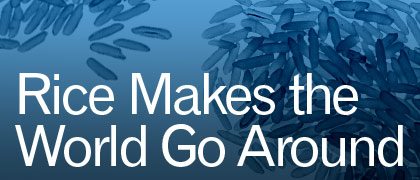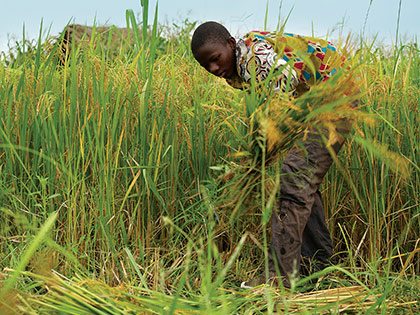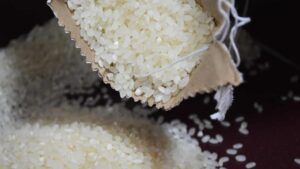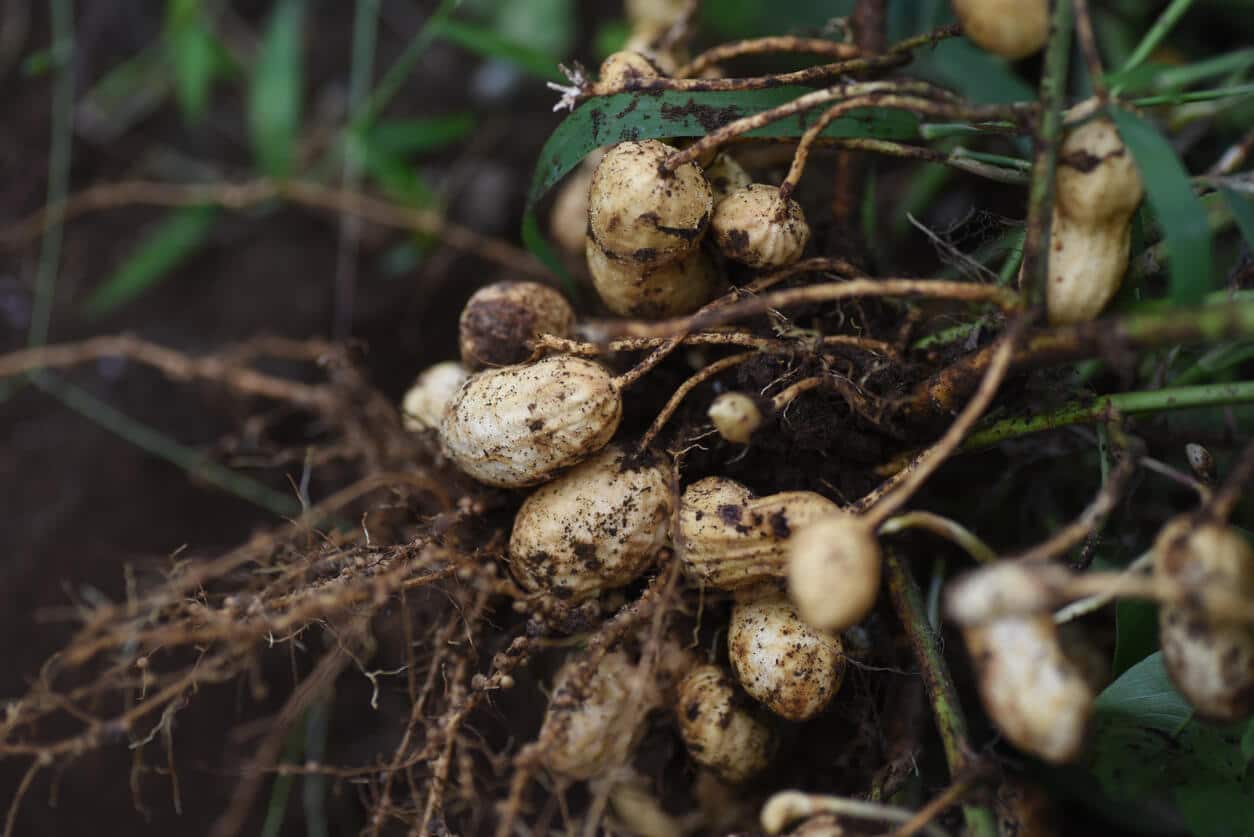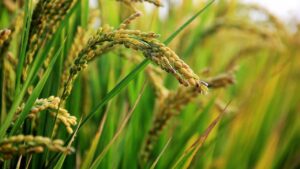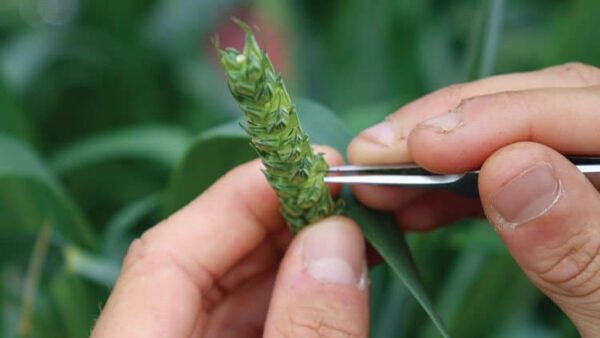Breeding advancements improve the market value, efficiency and health benefits of the staple grain
Half of the world’s population or more than 3.5 billion people depend on rice, according to the International Rice Research Institute. While there are more than 40,000 different varieties, The Rice Association reports only 10 percent of those are marketed and sold. Regardless of location — be it Africa, North America or Asia — governments and organizations are putting resources toward breeding rice with higher nutrient values and to withstand different environmental pressures.
Established to combat hunger and improve the livelihoods of growers and consumers through sustainable farming, IRRI has made great strides toward fulfilling its mission with projects that focus on improving the nutritional content of rice. Two billion people suffer from what is known as “hidden hunger.” They get enough macronutrients, but not enough micronutrients. As a result, deficiencies of iron, zinc and vitamin A have become prevalent in rice-consuming countries.
“Rates of malnutrition in Bangladesh are among the highest in the world,” says Mallikarjuna Swamy, a scientist in IRRI’s Plant Breeding, Genetics and Biotechnology Division. “Breeding rice varieties with high micronutrients in the grain is seen as a sustainable, cost-effective approach in alleviating these micronutrient deficiencies.”
Using genetic modification, IRRI increased the expression of the iron transporter/chelator gene in the popular rice variety known as IR64 to improve iron loading from the leaf to the grain, and introduced a second gene to boost iron-storing capacity.
In 2013, the Bangladesh Rice Research Institute, in collaboration with IRRI, released the first high-zinc rice variety. According to Inez Slamet-Loedin, a senior scientist with IRRI’s Genetic Transformation Laboratory, rice is inherently low in iron. “No sufficient genetic variation is observed in modern or traditional varieties to reach meaningful levels to improve the iron status in women and children,” she says.
IRRI also coordinated the development of Golden Rice, a variety that contains beta-carotene, a key source of vitamin A, which is important for vision, reproduction and immune function. “Golden Rice will only be made widely available to farmers and consumers if it’s successfully developed into rice varieties suitable for Asia, approved by national regulators and shown to improve vitamin A status under community conditions,” says Bruce Tolentino, IRRI deputy director general for communication and partnerships.
Other rice varieties in the pipeline for IRRI include a new generation of drought-tolerant rice, anaerobic germinating varieties that can germinate and grow under water, heat tolerant rice, and high-zinc and high-iron varieties.
The NERICA varieties, developed by AfricaRice, are making rapid headway in Africa to benefit smallholder rice producers and consumers.
Louisiana Releases Improved Varieties
Meanwhile in the United States, Louisiana State University has been focused on improving rice to withstand pest and disease pressures. In the past three years, the university has released several varieties with exciting potential, according to Steven Linscombe, director of LSU’s Rice Research Station.
The list includes Mermentau, “a high-yielding, high-quality long grain with excellent ratoon potential and good lodging resistance.” It’s rated as susceptible to sheath blight and blast, and moderately susceptible to panicle blight and cercospera.
CL271 is a high-yielding Clearfield variety with medium grain, high-milling yields. Linscombe says this variety is resistant to blast and moderately resistant to sheath blight and straighthead. CL-Jazzman is a high-yielding, high-quality jasmine line with resistance to NewPath and Beyond herbicides, intended for use with the Clearfield Technology System.
Linscombe and his team used marker-assisted breeding to develop these new varieties. “We used markers to eliminate segregates with atypical cereal chemistry,” Linscombe says. “We have also used markers for aroma in the development of some of our Jazzmen-type varieties.”
LSU has its eye on increasing the viability of the rice industry in the southern part of the U.S., and they are working on several candidate lines of a new Clearfield long-grain rice variety. Researchers are also working to identify lines with higher levels of resistance to root destruction by the rice water weevil larvae.
AfricaRice Breeds to Fight Rice Constraints
While the decline in U.S. rice production hasn’t slowed, Africa has seen a trend reversal with the introduction of AfricaRice’s NERICA and other improved varieties.
As one of 15 international agricultural research centers that are members of the CGIAR Consortium and an intergovernmental association of African member countries, AfricaRice is ahead of the curve in developing rice varieties with high tolerance to environmental constraints. According to Moussa Sie, a senior rice breeder for AfricaRice and coordinator of the Africa-wide Rice Breeding Task Force, the center is known for its NERICA varieties.
“The NERICA varieties were the first wide-scale success of crossing the cultivated rice species Oryza glaberrima, commonly known as African rice, and Oryza sativa, commonly known as Asian rice,” Sie says.
AfricaRice has developed upland and lowland varieties. There are 18 upland varieties and 60 lowland varieties, and NERICAs are planted on more than 700,000 hectares coast-to-coast. “These varieties have brought specific benefits to African rice growers, in particular shorter growth duration and tolerance to specific biotic and abiotic stresses,” Sie explains.
In February 2014, the Africa-Wide Rice Breeding Task Force named six varieties with improved tolerance to environmental stresses as ARICA for non-irrigated lowland and irrigated ecologies. “One of them is especially noteworthy as it combines tolerance to iron toxicity and cold,” Sie says.
The ARICA lines were evaluated through the STRASA project, which spans 18 African countries and is being implemented by IRRI and AfricaRice. The STRASA project focuses on breeding rice tolerant to multiple constraints, such as salinity, cold and iron toxicity.
“AfricaRice believes that rice sector development can become an engine for economic growth across the continent, and this will contribute to eliminating extreme poverty and food insecurity within Africa,” Sie says.
Julienne Isaacs


